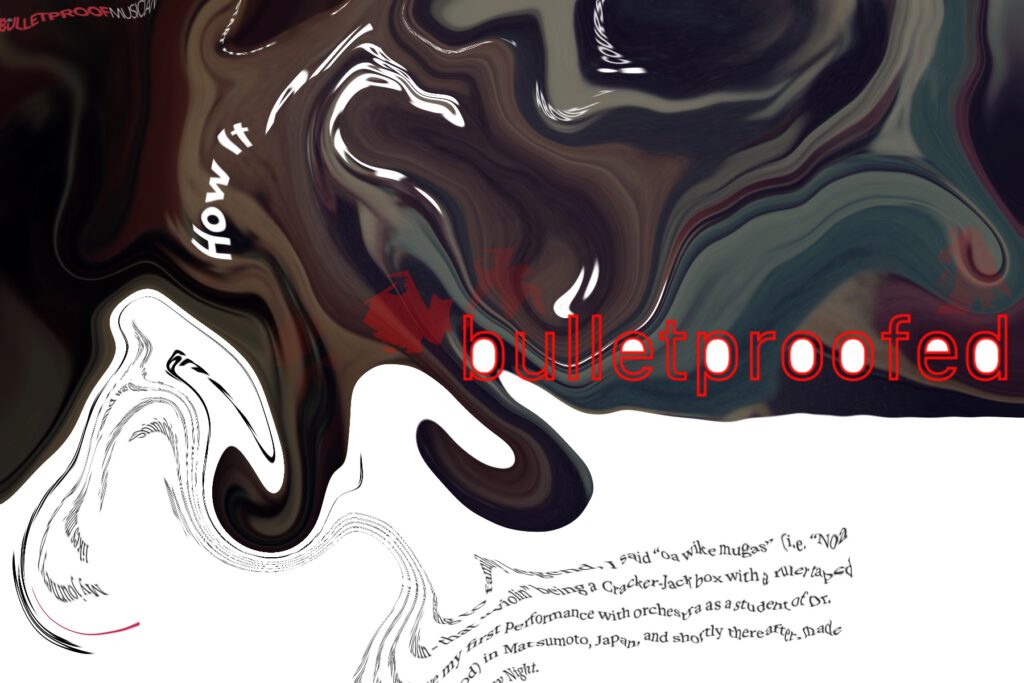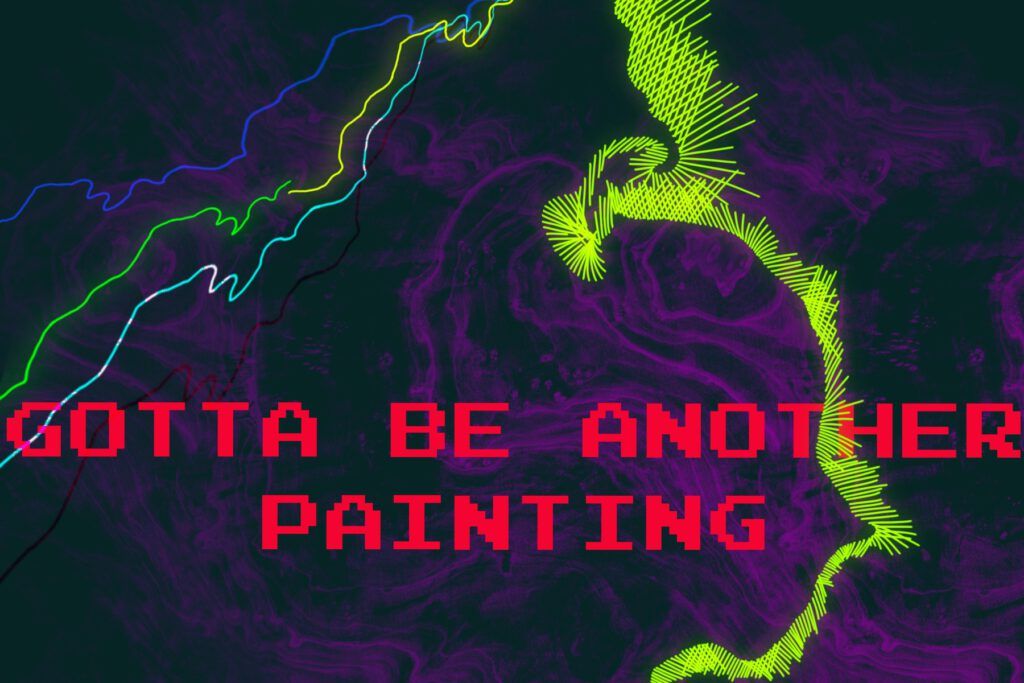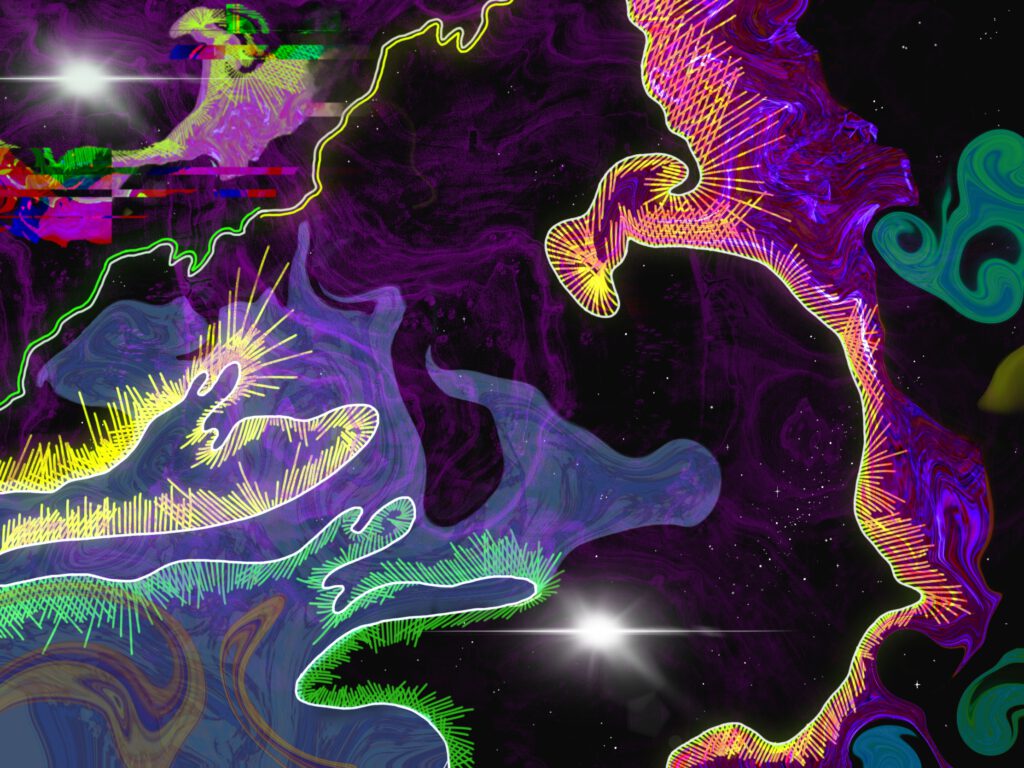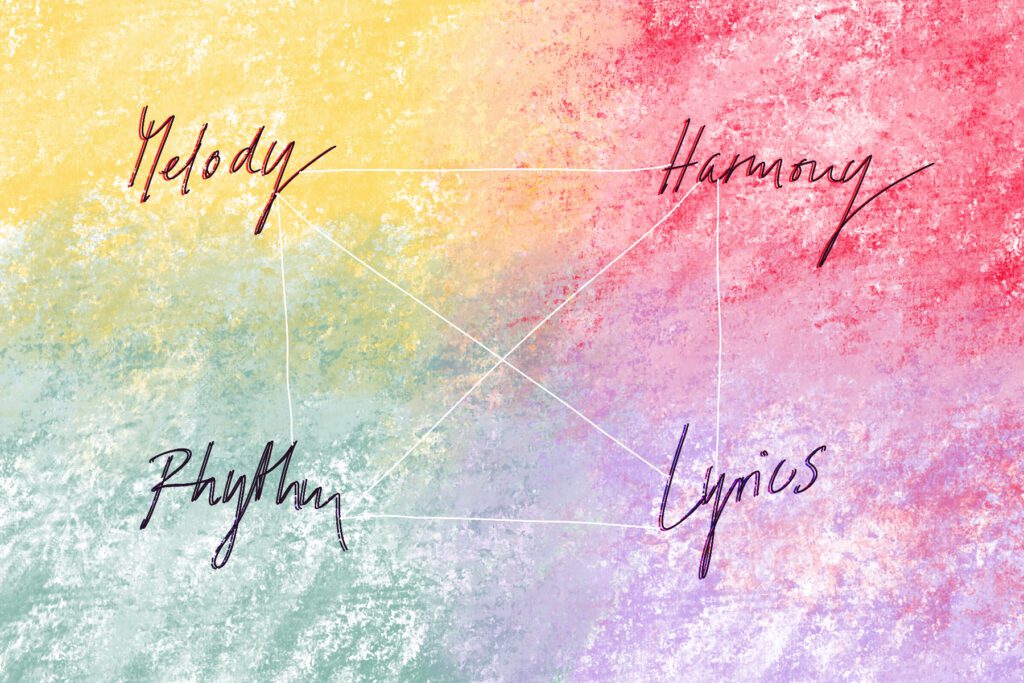
16/33 Noa Kageyama’s Blog
Sabine Kühlich recommended a very good blog to me some time ago: Noa Kageyama’s The Bulletproof Musician. I discovered a post that talks about SMART goals. We talked about it in Your Art As A Business Module lesson and here the method is revisited, but in a slightly critical context. It highlights a study that evaluated, that setting open goals can have far more motivating and productive effects, if we are at a stage where we first plug in a framework for the things we set out to do. Instead of setting myself the goal of having 5 paintings done by the end of the year, perhaps it would be more purposeful to ask myself, how many paintings do I think I will get done by the end of the year? Maybe I will create more, maybe less but more impressive works that will inspire me to improvise? Maybe by then I’ll get to know new music that influences and inspires me…?
Not for all of us the SMART method is the right choice at all times.
Noa Kageyama addresses many interesting topics in his blog about practicing, resilience, confidence, focus, performance anxiety, etc. and talks with other musicians and experts. Maybe there are some interesting posts for you?
Follow this link to his site: https://bulletproofmusician.com/blog/
SMART goals vs. open goals: https://bulletproofmusician.com/specific-times-when-smart-goals-can-be-counterproductive-and-what-strategy-to-use-instead/




